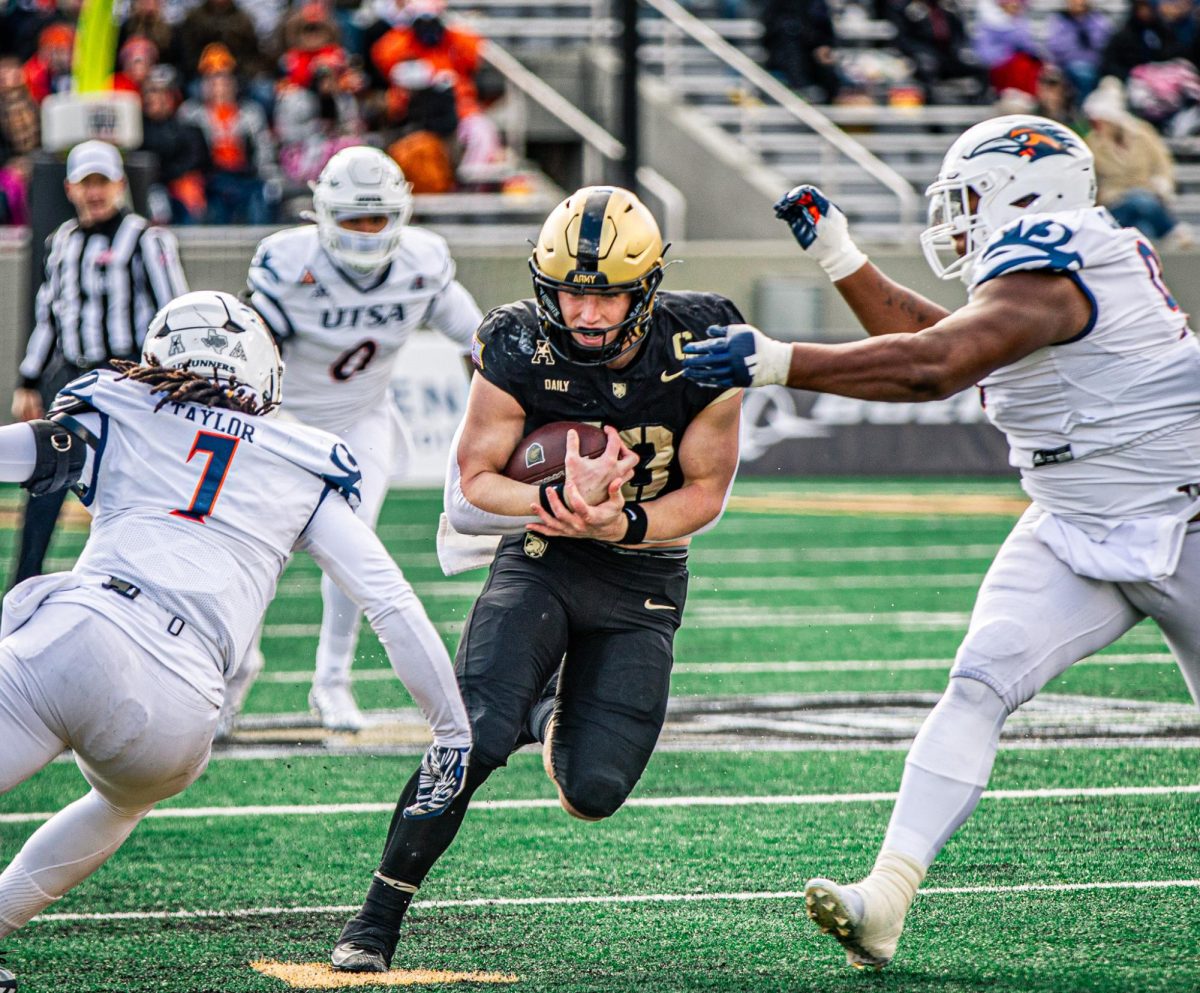

With an exciting young quarterback in Derek Carr, and a new coach at the helm, Raiders fans have a lot to be excited about during the offseason. Should San Antonio be excited as well? The owner of the Oakland Raiders — Mark Davis — has expressed displeasure with the state of the Raiders’ home stadium, and several meetings between the Raiders’ front office and a delegation from San Antonio over the last few months have occurred, resulting in a tide of speculation that the Alamo City might conceivably play host to Texas’ third NFL team in the next few years.
San Antonians certainly have an appetite for football; the UTSA Roadrunners football program set an NCAA Division I FCS record for attendance in its first season with 56,743. Ultimately, as much as the ways to watch a game have changed over the years, the NFL is still a “people-in-seats” business; it is not unheard of that a football game would be “blacked out” from local television if the stadium did not sell out for a given game.
According to the Houston Chronicle, the average published ticket price for a Texans’ home game in the 2014 season was $88.98. For reference, the average ticket for the NBA’s Houston Rockets is approximately $291 with a median price of $110; a ticket for the Spurs is around an average of $146 and a median of $78. Therefore, we could argue that professional sports tickets in San Antonio might be roughly 50% cheaper on average than in Houston. If Raiders tickets follow the same pricing model as the Texans’ figure, we could expect to pay $44.50 for a ticket into the Alamodome.
Unfortunately, that is where this estimation falls short; that figure is approximately $10 a ticket under the lowest average price in the league which is offered by the Cleveland Browns. Even the Raiders’ average for last season was $20 higher than the figure projected out.
Since the Raiders’ management is unhappy with their current state of affairs, why would they move to San Antonio where economics could potentially force lower revenue?
Much of the Raiders’ current frustrations with Oakland is the state of their home stadium. In order to get the team to San Antonio, Bexar county taxpayers could be on the hook for hundreds of millions of dollars to improve the Alamodome. Projections for a brand new stadium are coming very close to the billion-dollar mark, and even renovations to the Alamodome would carry a hefty price tag in order to match the apparent standard of opulence in a modern NFL stadium.
San Antonio taxpayers will be expected to pick up a significant portion of any needed renovations; public financing of stadiums has become the norm and is a standard tool that NFL owners use to gain leverage in their negotiations. The Saint Louis Rams have been in and out of arbitration with their city regarding funding improvements to the Edward Jones Dome; there is a clause that states the stadium should be in the top-25 percent of NFL stadiums nationwide, which is at the core of the Rams’ current decision as to whether to move to Los Angeles or not. Do we really want to deal with that here in San Antonio? If the Raiders were to come to town we might be having a similar fight.
There are better uses for public money than funding a renovated Alamodome for an NFL franchise. As much as having the Raiders in San Antonio may make geographic sense, it is not yet convincing whether actually having a team here is right for the city.






